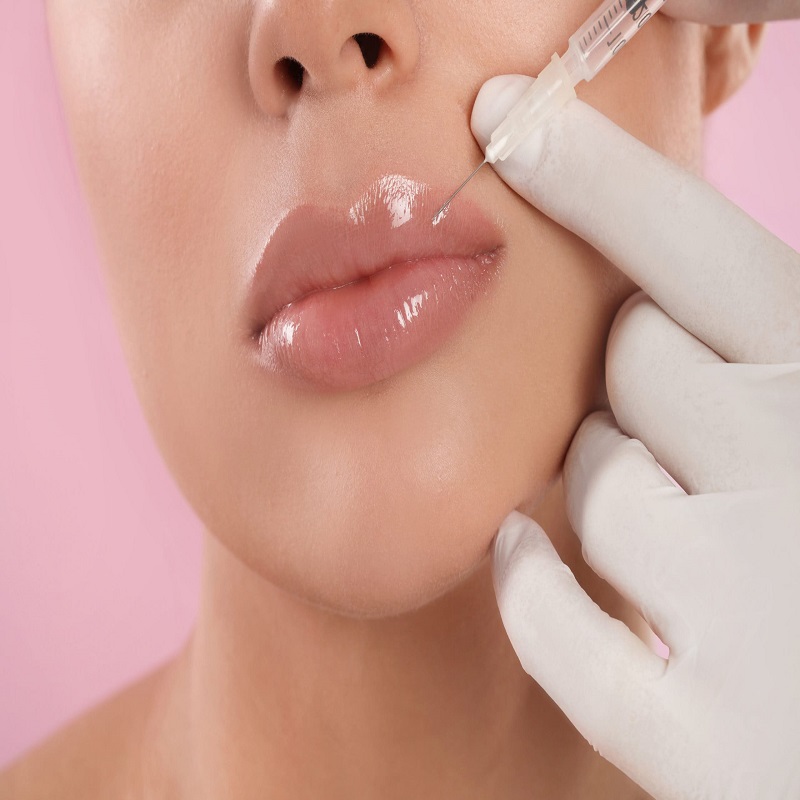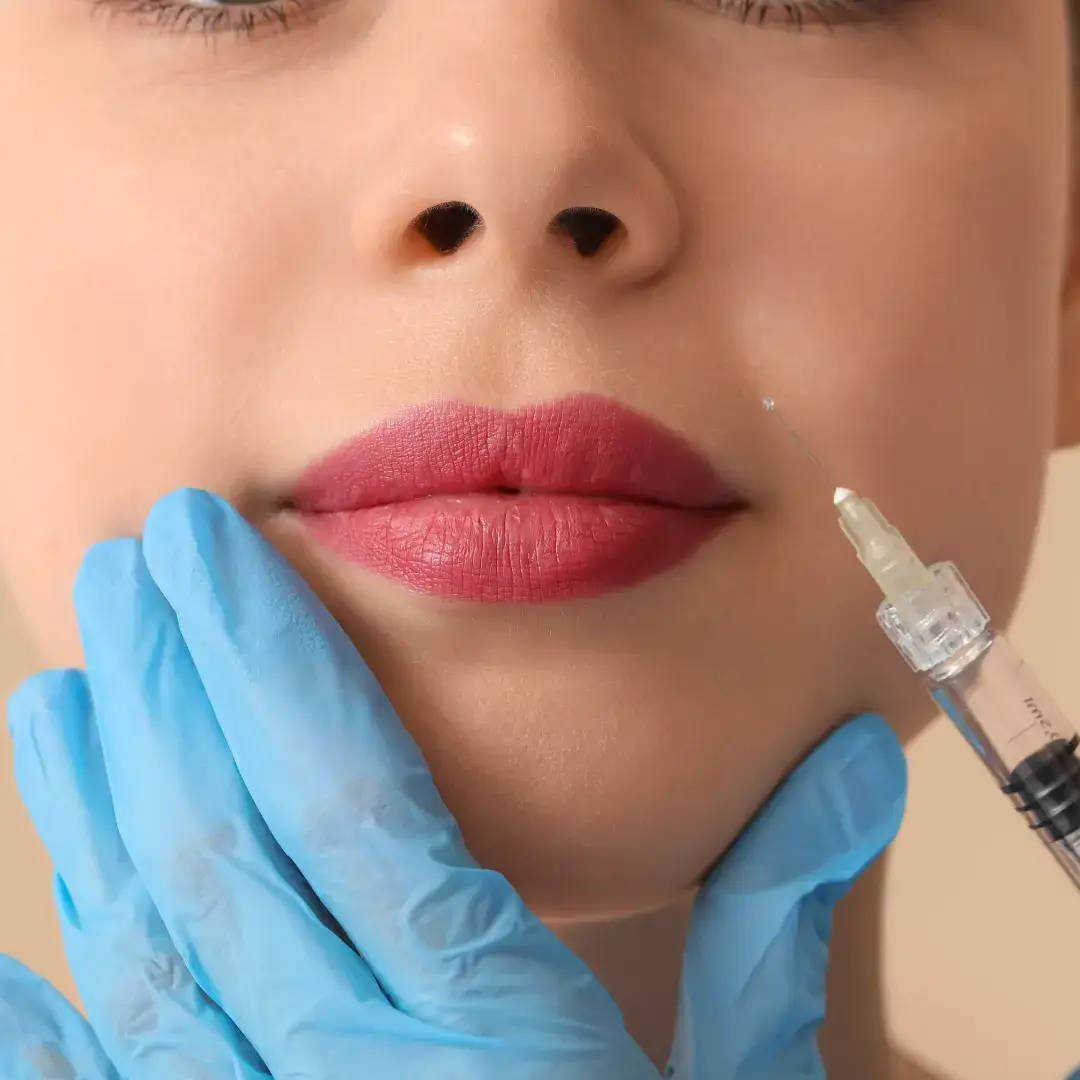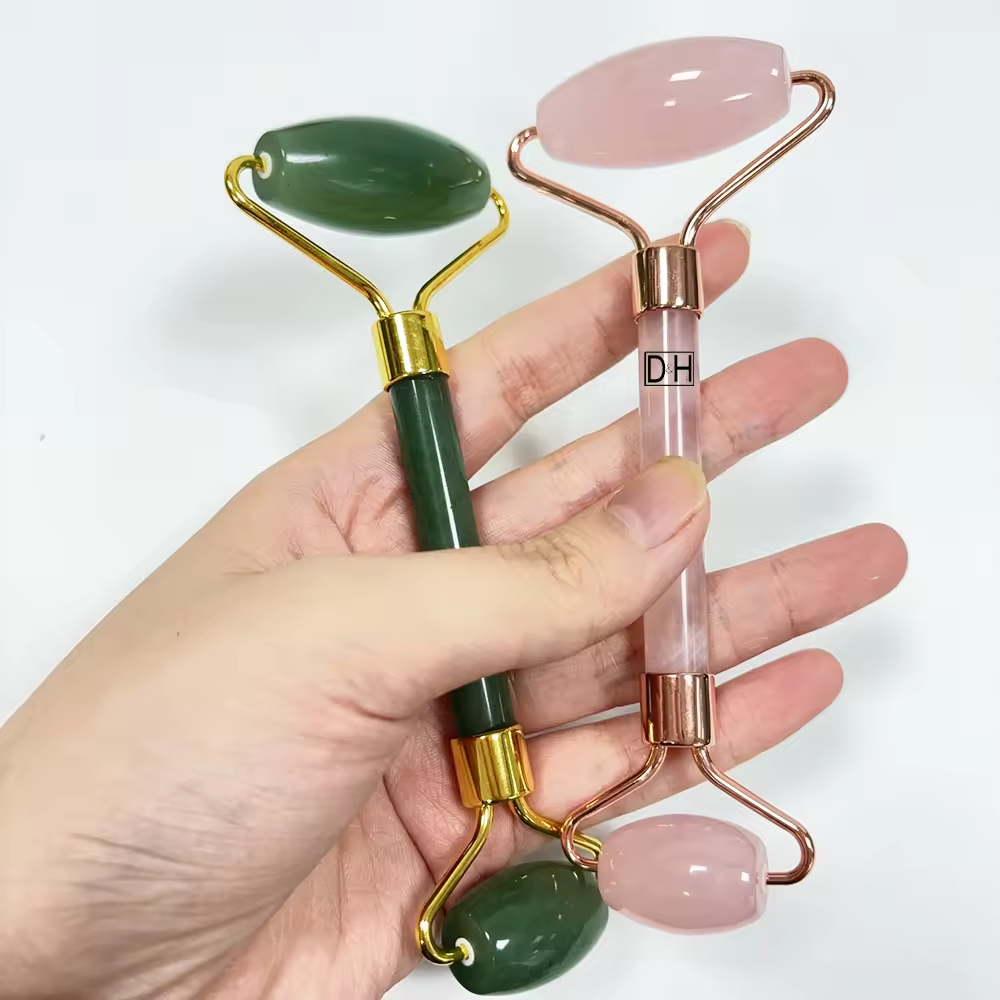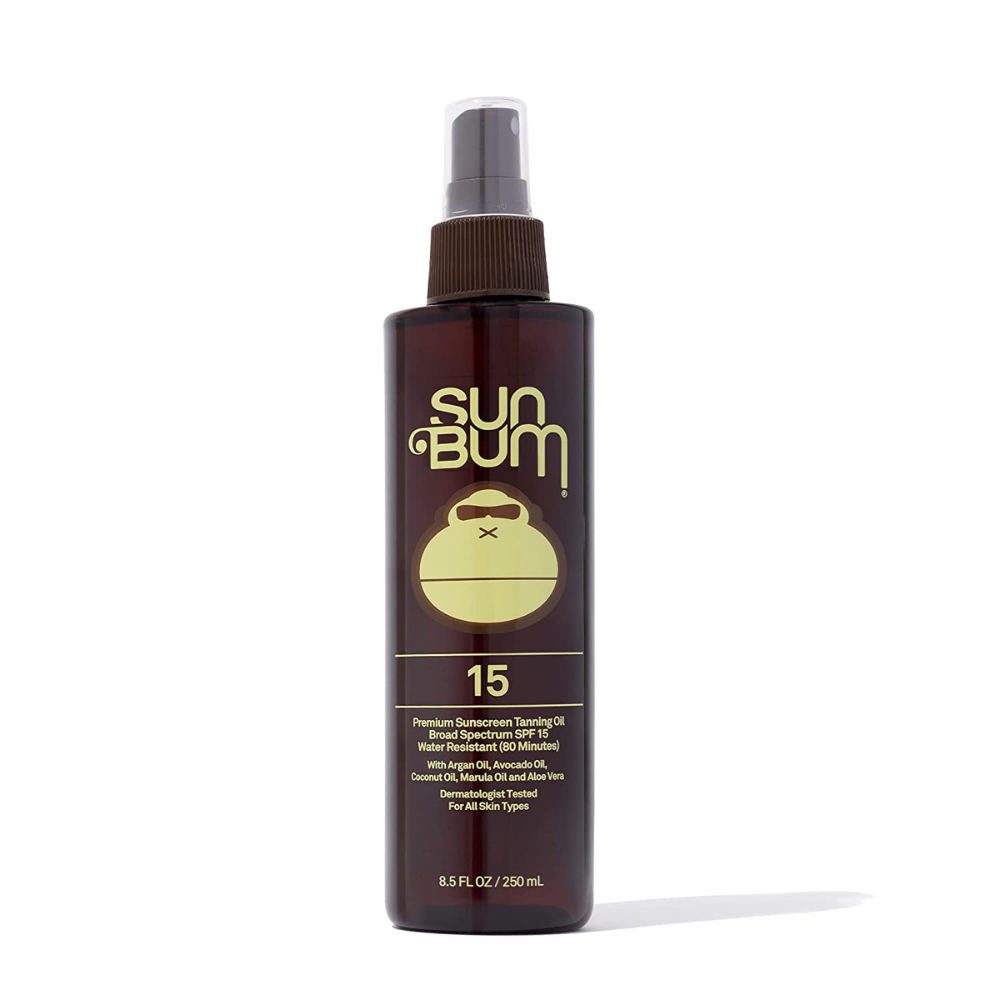Too much filler in nasolabial folds offer a popular anti-aging solution. Strategically placed filler instantly smooths lines and restores youthful volume. One common target area? The nasolabial folds – those creases running from the nose to the mouth corners. Too much filler in nasolabial folds:A conservative amount of filler here refreshes and lifts the entire midface.
However, an overly eager approach often backfires. Some patients receive an excessive amount of filler to treat their nasolabial folds. Too much volumizing product creates an unnatural, puffed-up look. This overfilled effect proves extremely difficult to disguise or undo once the filler integrates.
Beyond the obvious cosmetic drawbacks, overfilled nasolabial folds raise other concerns. The improperly distributed filler may affect facial movement, cause uncomfortable firmness, or harden unevenly. In the worst cases, complications like vascular occlusion may occur from improper injection technique. Seeking treatment from a qualified physician in 2024 is essential to achieve the best and safe results.

The Telltale Signs of Overfilled Nasolabial Folds
So how can one identify nasolabial folds receiving too much filler?
Several glaring aesthetic red flags indicate the injected area looks compromised, overfilled, or unnatural. Rather than subtle enhancement, the face lift takes on an altered, distorted appearance.
First, severe nasolabial fold overfilling appears distinctly puffy or bloated. The usually-smooth facial transition between the cheeks and mouth now features exaggerated, pillowy roundness. Lines appear erased but at the cost of excessive facial volume. The look screams “work done!”
Overfilling may also distort other areas of the lower face.
Too much filler spread toward the mouth creates an unnatural, trout pout effect. Filler migration near the nose creates bulbous swelling or nostril distortion. Even the cheek contours may appear lopsided or irregularly shaped.
Another red flag involves firmness or lumps upon facial movement. Properly injected dermal fillers integrate smoothly, retaining a soft, pliable texture. Any solid, firm nodules signal a less-than-smooth injection method was used. Nasolabial fold filler should feel invisible – not like hardened masses.
Finally
Many patients report uncomfortable tightness or stiffness from overfilled nasolabial folds. The extra accumulated volume in this mobile area may limit facial expressions and movement. This “frozen” look directly contrasts the smooth, relaxed appearance good filler work provides.
Why Do Overfilled Nasolabial Folds Occur?
Many factors contribute to the unfortunate outcome of overfilled nasolabial folds.
Some simply result from injector inexperience or heavy-handedness. Overfilling frequently plagues those chasing a dramatically sculpted, sharply contoured look. Even experienced injectors may miscalculate product amounts while trying to achieve an “Instagram” aesthetic.
Certain too much filler in nasolabial folds formulas also carry higher risks of overfilling side effects. Less experienced providers may mis-select a denser or firmer gel better suited for other treatment areas. Improper injection technique – like depositing filler in the wrong tissue plane – also allows migration and unevenness.
Additionally, factors like the patient’s unique anatomy and facial shape affect how much filler appears “too much.” More slender, delicate facial features may appear overwhelmed by typical filler volumes. Building up results slowly in staged treatments rather than a single session often prevents overfilling nasolabial folds in these cases.
Options to Correct Overfilled Nasolabial Folds
For anyone concerned over an overfilled nasolabial appearance, solutions do exist. The most direct approach involves actually dissolving the injectable filler itself through safe FDA-approved methods. This provides an “undo” option for extreme filler overcorrection.
A specialized enzyme solution called hyaluronidase injection disperses and degrades hyaluronic acid-based fillers instantly. This reversal treatment causes the overfilled filler material to literally melt away and get reabsorbed by the body.
Multiple hyaluronidase sessions may prove needed for complete correction.
The enzymatic breakdown continues degrading any residual filler even after treatment. Any redness or swelling subsides within days once the overfilled volume releases.
In cases where hyaluronidase fails to take effect
Other options include steroid injections to minimize swelling or inflammation. Targeted massage techniques may also help redistribute dense filler accumulation. As a last resort, minor surgical excision removes any stubborn, hardened filler material.
Of course, the simplest method involves waiting it out. Many temporary dermal fillers slowly resorb over months through the body’s natural processes. While inconvenient, this avoids more invasive intervention – though optimal results get compromised.
To prevent future incidents, carefully vetting injectors and facilities proves essential. Look for board-certified dermatologists or plastic surgeons with extensive filler training and experience. Avoid places advertising rock-bottom pricing.
Recap: Striking the Right Nasolabial Fold Enhancement
With their lifting effects, nasolabial fold fillers remain a transformative and popular treatment. But a delicate balance must get struck. Too little filler fails to create the desired rejuvenated look. Yet too much overwhelms and distorts the face lift surgery unnaturally. What defines “too much?”
Overfilled nasolabial folds appear puffy, bloated, or protruding unnaturally. The smooth facial transition between cheeks and mouth gets disrupted by volume excess. Blindly chasing ultra-sharp, chiseled features also increases overfilling risks.
Experienced injectors understand how facial structure and filler density plays a role.
They take a measured, strategic approach when augmenting the mini face lift. Building up results over staged sessions rather than a single appointment provides optimal control.
If excessive filler overcorrection does unfortunately occur, hyaluronidase injections offer an effective reversal option. This enzyme solution safely dissolves away the overfilled hyaluronic acid material within days. More stubborn cases may require excision or massage removal methods.
Ultimately
Subtlety and respect for the patient’s individual anatomy ensures natural-looking nasolabial fold enhancement. With proper injection technique and amounts, this treatment zone maintains its smooth transitions and lifted contours. Just enough filler revives a refreshed, revitalized appearance.

Things to note about facial fillers
Facial dermal fillers have become a popular cosmetic procedure for enhancing facial features and restoring volume. Whether used to plump lips, diminish wrinkles, or augment cheekbones, dermal fillers require careful consideration and adherence to precautions for optimal results.
Choosing a Qualified Medical Professional:
- Research and Credentials:
Select a reputable medical professional who has the appropriate training, certifications, and experience in administering dermal fillers. Ensure they are licensed and specialize in cosmetic procedures to guarantee the highest level of safety and expertise. - Consultation and Communication:
Schedule a consultation to discuss your aesthetic goals and concerns with the medical professional. During this time, ask questions, seek clarification about the procedure, and express any reservations or expectations you may have. Effective communication is crucial for establishing trust and ensuring that your desired results can be achieved.
Pre-procedure Preparations:
- Medical History Disclosure:
Provide a thorough and accurate medical history to your medical professional. Disclose any pre-existing medical conditions, allergies, previous cosmetic procedures, or use of medications or supplements. This information will help the professional determine your candidacy for dermal fillers and develop an appropriate treatment plan. - Avoid Blood-thinning Medications:
In consultation with your healthcare provider, avoid liquid rhinoplasty medications or supplements like aspirin, ibuprofen, fish oil, or vitamin E in the days leading up to the procedure. These substances can increase the risk of bruising and bleeding during and after the treatment.
Risk Awareness:
- Allergic Reactions:
Although rare, allergic reactions to dermal fillers can occur. Discuss potential allergies or sensitivities with your medical professional prior to the procedure. They will conduct allergy testing if necessary, ensuring the chosen filler is safe for your use. - Infection Risk:
To minimize the risk of infection, follow the medical professional’s instructions for pre and post-procedure care. Keep the treated area clean and avoid touching it unnecessarily. Report any signs of infection, such as redness, swelling, or increased pain, to your medical professional promptly.

Aftercare and Recovery:
- Follow Post-procedure Guidelines:
Adhere to the specific aftercare instructions provided by your medical professional. These may include avoiding excessive sun exposure, rigorous exercise, or certain skincare products for a period of time. Follow the recommended skincare routine and any follow-up appointments or touch-up sessions as advised. - Manage Swelling and Bruising:
Some swelling and bruising may occur after dermal filler injections. Applying ice packs or cold compresses to the treated area can help reduce swelling. However, avoid excessive pressure or massaging the area. If bruising persists or becomes severe, consult your medical professional.
Long-term Results and Maintenance:
- Realistic Expectations:
Understand that the results of facial dermal fillers are not permanent and will eventually fade. Set realistic expectations, as the filler will gradually break down over time. Discuss with your medical professional how long to expect the results to last based on the specific product used. - Follow-up Treatments:
To maintain the desired results, follow-up treatments or touch-up sessions may be necessary. Work with your medical professional to develop an appropriate treatment schedule that aligns with your goals and expectations.

Conclusion
While nasolabial fold fillers can be an effective solution for addressing lines and wrinkles, it is crucial to exercise caution and avoid overfilling the area. Using too much filler in the nasolabial folds can result in an unnatural appearance and an exaggerated effect. It is important for individuals seeking this treatment to communicate their desired outcome with their provider and work together to find the right balance.
A skilled and experienced injector can provide guidance and ensure that the amount of filler used is appropriate for achieving a natural and harmonious result. It’s essential to prioritize a conservative approach to avoid any potential complications or dissatisfaction with the outcome. Remember, the goal of nasolabial fold fillers should be to enhance one’s features and create a more youthful appearance, rather than dramatically altering the facial structure. By discussing expectations and working closely with a qualified professional, individuals can achieve the desired rejuvenation while maintaining a natural and balanced look.




